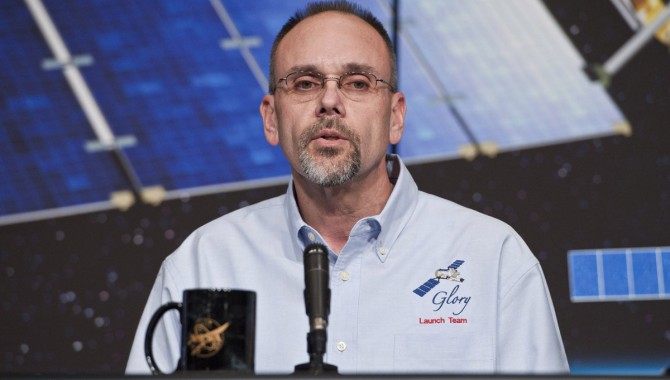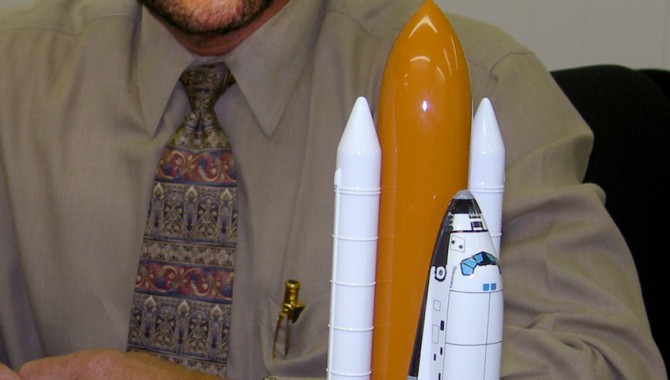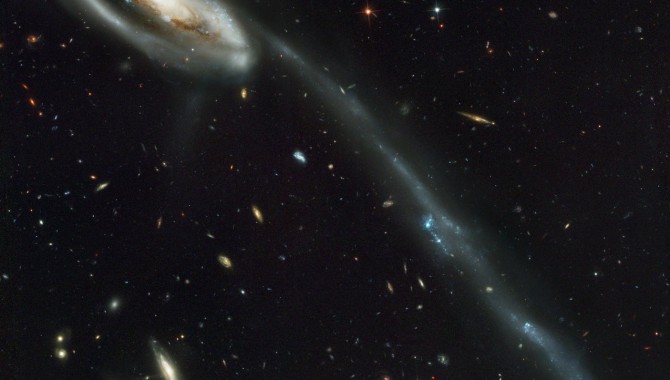
April 30, 2012 Vol. 5, Issue 4 The risks associated with space exploration are not purely technical.

April 30, 2012 Vol. 5, Issue 4 The risks associated with space exploration are not purely technical.
April 30, 2012 Vol. 5, Issue 4 A new course demonstrates a different mindset about managing risk at NASA.

April 30, 2012 Vol. 5, Issue 4 Goddard practitioners and leaders reflected on successes, failures, and the challenges of working on complex projects.

April 30, 2012 Vol. 5, Issue 4 The Glory mishap provides a lesson about balancing risks to make the best decision possible.

April 30, 2012 Vol. 5, Issue 4 After eleven years managing technical education and training at the Jet Propulsion Laboratory, Brindley McGowan bids NASA adieu.
April 30, 2012 Vol. 5, Issue 4 The early Soviet probes to the moon, Mars, and Venus were a product of dogged persistence, according to Dr. Wesley Huntress.
April 30, 2012 Vol. 5, Issue 4 Social psychology research has helped shape the United Kingdom’s plan to improve estimates of government project parameters.

April 30, 2012 Vol. 5, Issue 4 Ten years ago this month, the Hubble Space Telescope saw its first “Tadpole” in space.